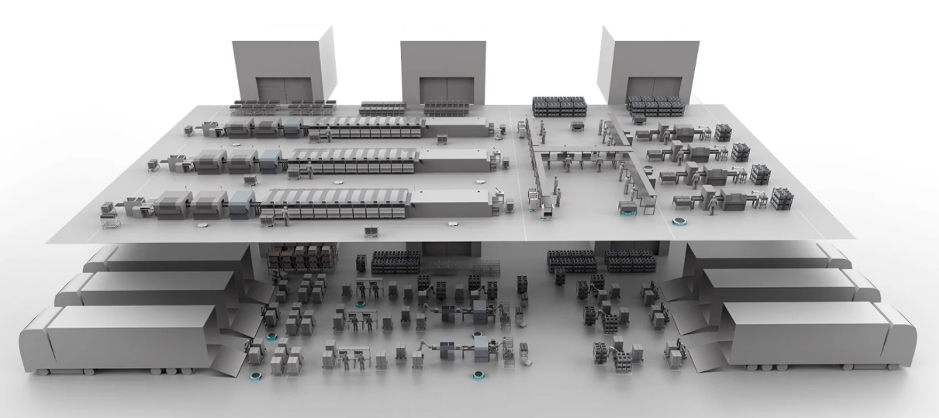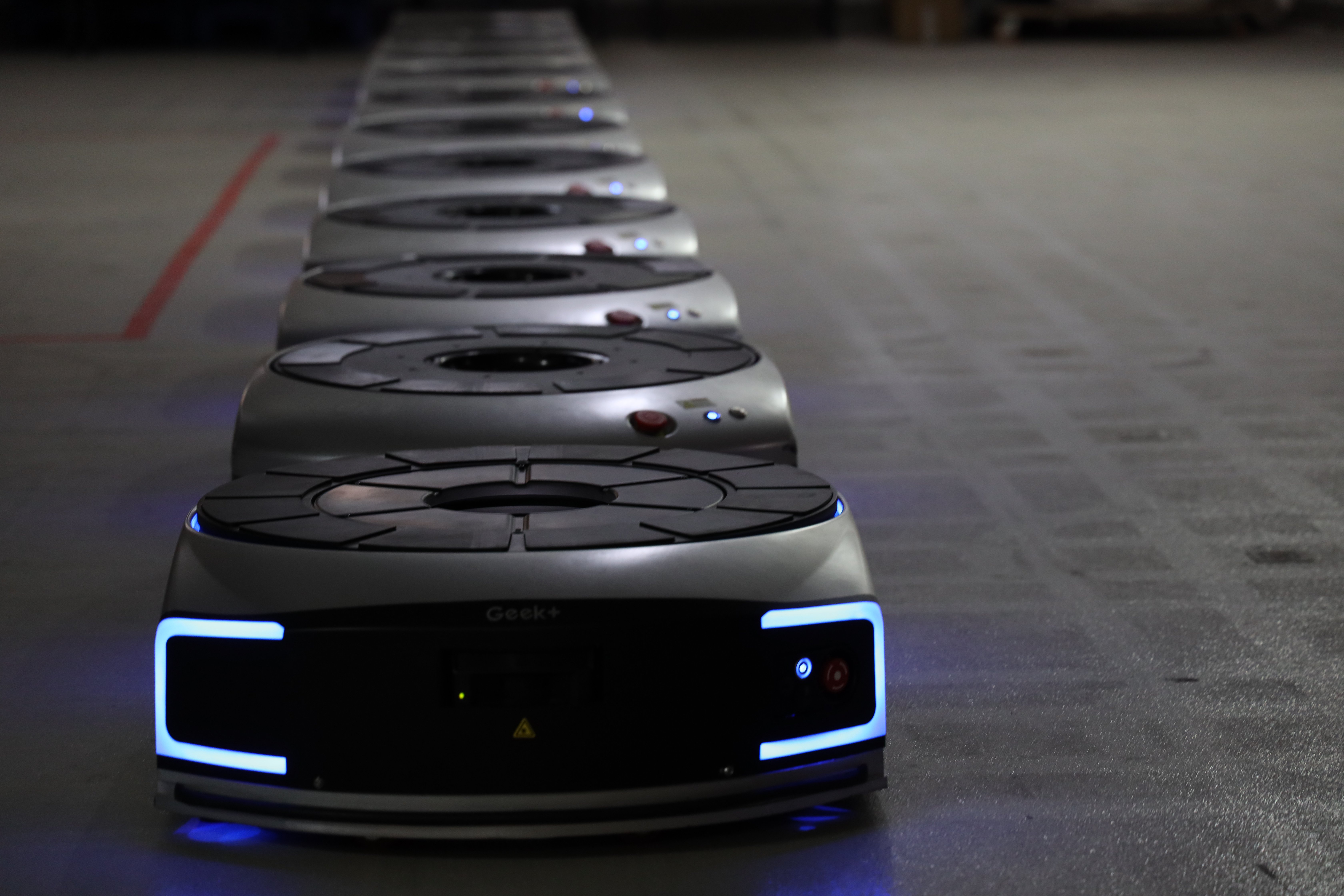3 Key Elements of Smart Factory
What comes to mind when you think about manufacturing? More often than not, the traditional conveyor belt assembly line is intuitively pictured. However, with the rapid growth of technological capabilities and the rise of the fourth industrial revolution, the future of manufacturing is moving away from conventional linear operations and shifting towards an interconnected digital supply network, colloquially known Smart Factory 4.0.
What is Industry 4.0?
Before diving into Smart Factory 4.0, let us take a look at Industry 4.0 – it may sound like a labyrinthine tech jargon, but it simply represents the fourth industrial revolution that has occurred in manufacturing. To aid your understanding, here is a quick recap of the series of industrial revolutions that have transpired over the years: the initial revolution from manual labour to machine-powered manufacturing came with the advent of mechanization and steam power. The second revolution introduced electrification, mass manufacturing and assembly lines, followed by the third which was characterized by the adoption of computers and automated systems.

Industry 4.0 optimizes the computerization of the third revolution with smart, automated and interconnected networks that can function autonomously without human intervention. This growing trend in the manufacturing industry combines automation, cyber-physical systems, the Internet of Things (IoT) and artificial intelligence (AI) to make smart factories a reality.
Defining Smart Factory 4.0
A tangible manifestation of Industry 4.0 lies in Smart Factory 4.0. The simplest way to envision a smart factory is in comparison to a more traditional, but still modernized, production environment. Following the third industrial revolution, computers and automated systems such as sensors and barcode scanners have been incorporated into manufacturing processes. However, these automated elements are single, discrete and isolated from each other, often requiring human intervention to handle transitions between different phases of production.

Smart Factory 4.0 is thus more than an automated factory - it is a flexible system that applies artificial intelligence (AI) to self-optimize performance and connect previously disparate elements of the production line to autonomously run entire production processes. Essentially, a smart factory combines physical machine and business processes, and is capable of operating not only within the confines of the factory but connecting to a wider supply network as well.
What does Smart Factory 4.0 entail?
1. Robotics
An imperative of Smart Factory 4.0 is robotics – autonomous mobile robots (AMRs) can be deployed to realize smart material handling and adaptive operations. Manufacturers have concluded that the introduction of AMRs reduces delays by 80 per cent and accelerates material delivery by 3 times. Furthermore, robots are flexible infrastructure that can be scaled up or down depending on business needs. As such, permanently fixed equipment installations such as conveyor belt assembly lines and successive hefty investments can be expunged.

2. Big Data and Internet of Things (IoT)
A key component of Smart Factory 4.0 is that it accords augmented access to tremendous volumes of data, which can be obtained through the cloud and connected devices. This can aid corporations in identifying patterns and insights and thereby in making more informed decisions to optimize operations and elevate productivity in the long run. For example, an African gold mine located an operational problem using the data from sensors in its equipment, which enabled them to fix the issue and save $20 million annually, thereby increasing their yield by 3.7%.
3. Cloud-based Management
Cloud-based management is another essential element of Smart Factory 4.0. This includes a suite of professional software architecture, such as the Robot Management System (RMS), Intelligent Warehouse Execution System (WES), Intelligent Warehouse Management System (iWMS), Data Platform (DP) and Simulation Platform, all of which Geek+ has developed to empower highly efficient business operations. These management software offer market reactivity, scalability as well as real-time visibility into a business’ entire inventory and manages supply chain fulfilment operations from the factory to the end consumer.

In closing, as Paul Wellener, leader of US industrial products and constructions at Deloitte, says, “Smart factory initiatives are delivering on many of the promised benefits of the fourth industrial revolution, combining digital technologies with the automated solutions of the past is expected to jump-start manufacturing productivity and set a new trajectory of growth for the sector.” To effectively build resiliency, it is a crucial time for businesses to take action and adopt Smart Factory 4.0. Stay tuned to our upcoming article where we will break down the benefits of Smart Factory 4.0!
To learn more about Industry 4.0 and smart factories, download our white paper:





